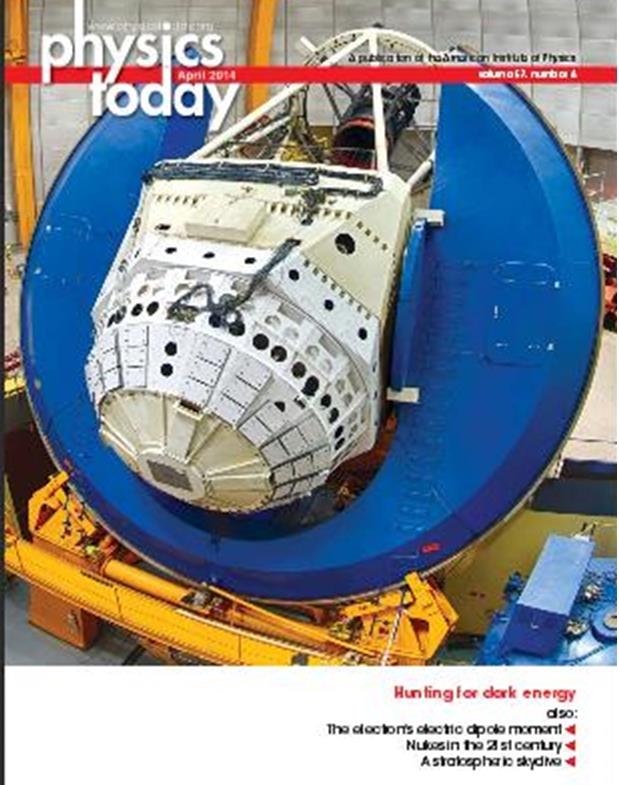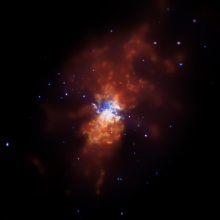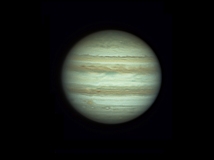The Planetarium at the University of Puerto Rico in Mayagüez opened its doors in 1973 and has served close to half a million visitors.
The original version of this article is in Spanish. You can see it by clicking on ESPAÑOL at the top right of your screen.














